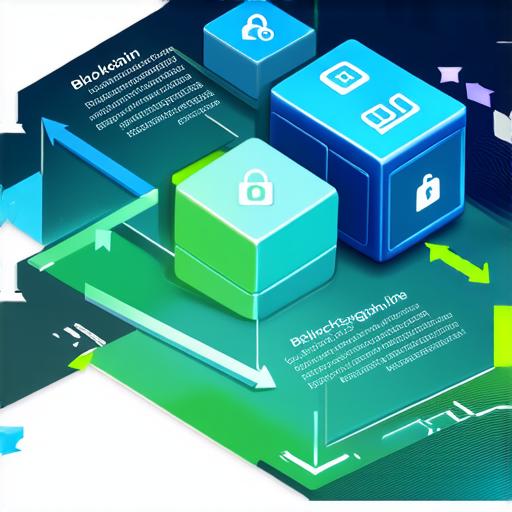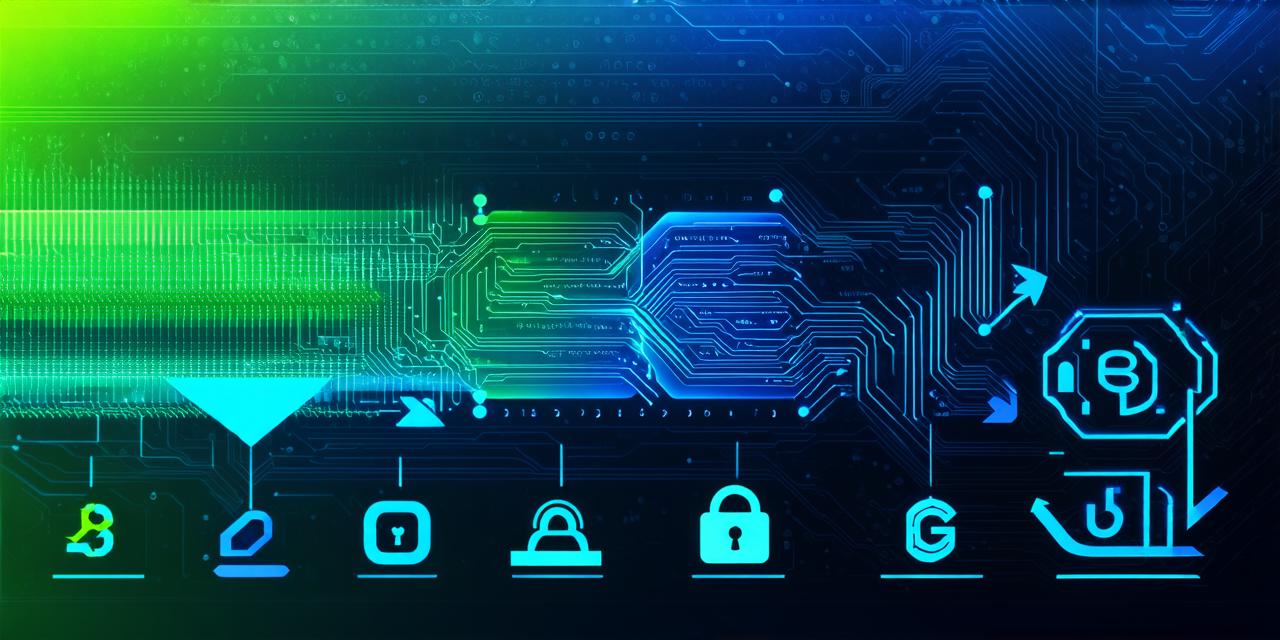Introduction
The concept of blockchain technology has been gaining popularity in recent years due to its decentralized nature and potential for secure data storage and transfer. Blockchain is essentially a digital ledger that records transactions across a network of computers, making it virtually impossible to alter or manipulate the information stored on it.
What is Blockchain?
Blockchain technology can be defined as a decentralized, distributed digital ledger that records transactions across a network of computers. It is essentially a chain of blocks that contain information about the transaction that occurred on the network. Each block is connected to the previous block, forming an unalterable chain. The data stored in these blocks is verified and validated by a network of participants, ensuring that it is accurate and secure.
Blockchain has its origins in the world of cryptocurrencies such as Bitcoin, but it has since been adopted by various industries to store and transfer data securely. It offers several benefits, including:
- Decentralization: Unlike traditional databases, which are managed by a central authority, blockchain is decentralized, meaning that the information stored on it is not controlled by any single entity.
- Security: The use of cryptography and consensus algorithms ensures that data stored on the blockchain is secure and tamper-proof.
- Transparency: All transactions recorded on the blockchain are transparent, meaning that anyone can view them. This makes it difficult to manipulate or alter the data stored on the blockchain.
- Traceability: Each transaction recorded on the blockchain has a unique identifier, making it possible to trace the movement of data across the network.
How does Blockchain work?
The basic concept behind blockchain technology is that it allows for secure and transparent transfer of digital assets, such as cryptocurrencies, without the need for intermediaries like banks or financial institutions. Instead, transactions are recorded on a public ledger that is accessible to everyone on the network.
Blockchain works by using a consensus algorithm to validate transactions. The consensus algorithm ensures that all participants in the network agree that the transaction is valid before it is recorded on the blockchain. This ensures that the data stored on the blockchain is accurate and secure.
The process of creating a new block in a blockchain involves several steps:
- A new transaction is initiated by one or more participants in the network.
- The transaction is verified and validated by the network using a consensus algorithm.
- Once the transaction has been validated, it is added to a new block that is created.
- The new block is then distributed to all participants in the network for verification and validation.
- Once the new block has been verified, it is added to the existing blockchain.
Potential applications of Blockchain
Blockchain technology has a wide range of potential applications across various industries, including:
- Finance: Blockchain can be used for secure and transparent transfer of cryptocurrencies, making it possible for individuals to make cross-border transactions without the need for intermediaries like banks or financial institutions.
- Healthcare: Blockchain can be used to securely store and share medical records across a network of healthcare providers, improving patient outcomes and reducing the risk of medical errors.
- Supply chain management: Blockchain can be used to track the movement of goods from the point of origin to the final destination, ensuring that the supply chain is transparent and free from fraud.
- Voting systems: Blockchain can be used to create secure and transparent voting systems, making it possible for voters to cast their ballots confidently without the risk of tampering or manipulation.
- Identity verification: Blockchain can be used to create a decentralized identity verification system that eliminates the need for intermediaries like government agencies or credit bureaus.
Case study: IBM’s Food Trust initiative
IBM’s Food Trust initiative is a prime example of how blockchain technology can be used in supply chain management to improve transparency and reduce fraud. The Food Trust is a decentralized network that connects food producers, suppliers, retailers, and consumers, allowing for real-time tracking of the movement of food products from the point of origin to the final destination.

The Food Trust uses blockchain technology to create a secure and transparent ledger that records information about each step in the supply chain, including production, transportation, packaging, and distribution. This allows for easy identification of any issues or contamination that may occur during the supply chain, ensuring that consumers can make informed decisions about the food they eat.
Personal experience: My encounter with blockchain technology
As a developer, I have had the opportunity to work with blockchain technology on several projects. One of my most memorable experiences was working on a project that involved secure storage and transfer of medical records using blockchain technology.
The project required creating a decentralized network that could store and share medical records across a network of healthcare providers, while also ensuring that the data stored on the network was secure and transparent. We used a consensus algorithm to validate transactions and create new blocks on the blockchain, which allowed for secure storage and transfer of medical records.
The project faced several challenges, including ensuring that all participants in the network agreed on the validity of transactions, as well as creating a user-friendly interface that could be easily accessed by healthcare providers. However, through careful planning and implementation, we were able to create a secure and efficient system for storing and sharing medical records using blockchain technology.
Conclusion
Blockchain technology is an exciting and rapidly evolving field that offers numerous potential applications across various industries. Its decentralized nature, security, transparency, and traceability make it a valuable tool for secure data storage and transfer. As the technology continues to develop, we can expect to see even more innovative uses of blockchain in the future.
